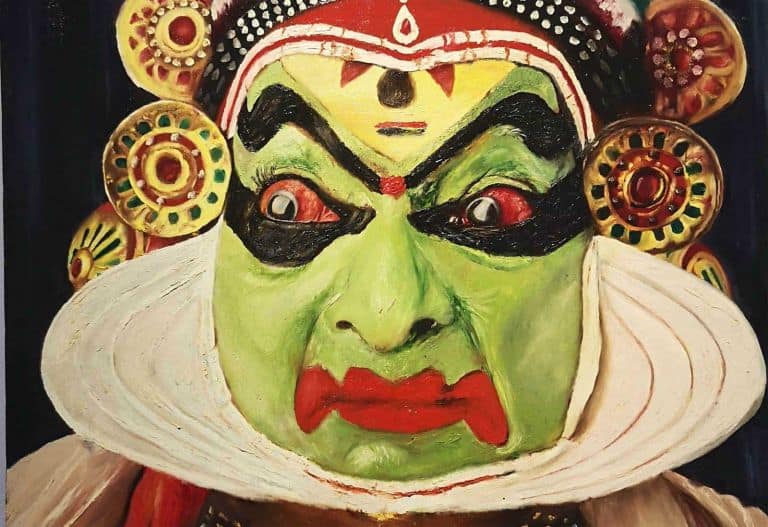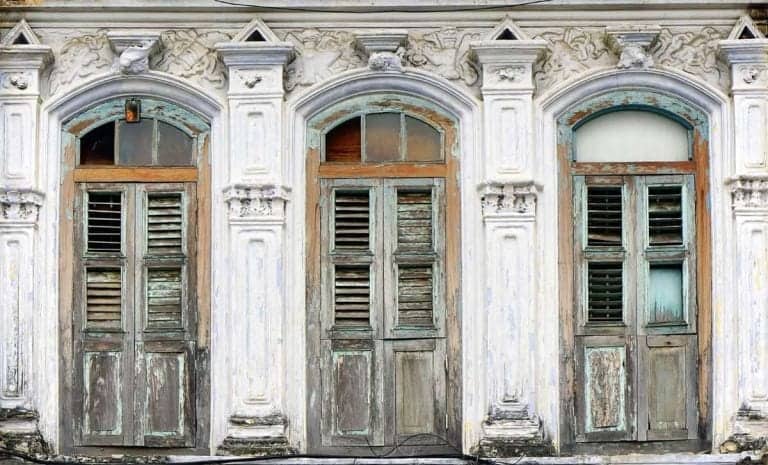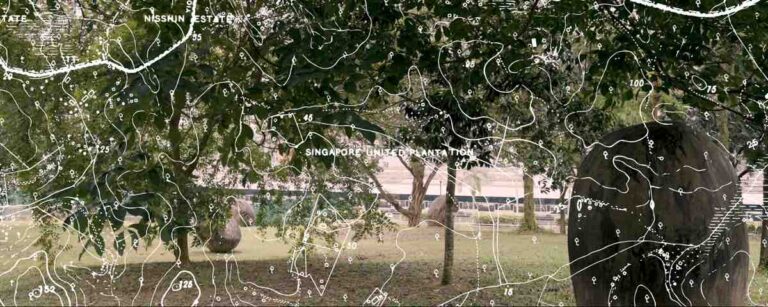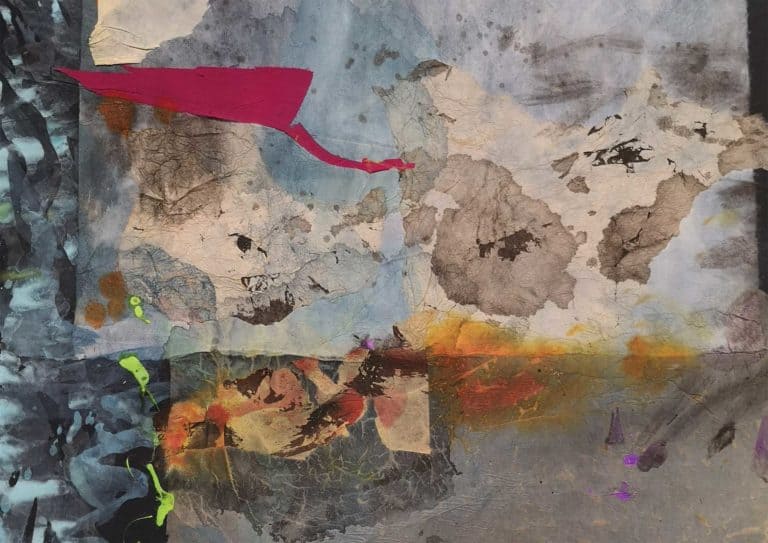Crafts are making a comeback. Or more accurately, they never really went away. There has been opposition to mass production from the very advent of industry. At the time of the Industrial Revolution in the mid-1800s, advocates like John Ruskin and William Morris railed against the factory system that churned out disillusioned workers and dispirited products with too little thought and too much ornament. Both feared the creativity and skill required of traditional handicraft would die out. Borne out of this understanding, the Arts and Crafts movement emerged as an attempt to correct the increasingly damaging course of progress.
Now, the pulse of our social media feeds shows the signs of a resurgence in favour of all things handmade. Hand-shaped pots, woven rattan bags and tie-dyed shirts are all the rage, with Pinterest feeding our love for all things DIY. Craft still holds a place in our hearts (and our feeds) as they ask (and give) more than what an impersonal push of a button or click of a mouse can. The process of creation demands skill and comprehensive know-how of the material used – where and how to procure it, its natural limitations and what may be done to it to create the final product. It is this intimate knowledge that allows a seamstress to sew, a potter to build, or a craftsperson to weave a rattan bag. And it is through craftsmanship that traditional materials may be pushed beyond their everyday function.
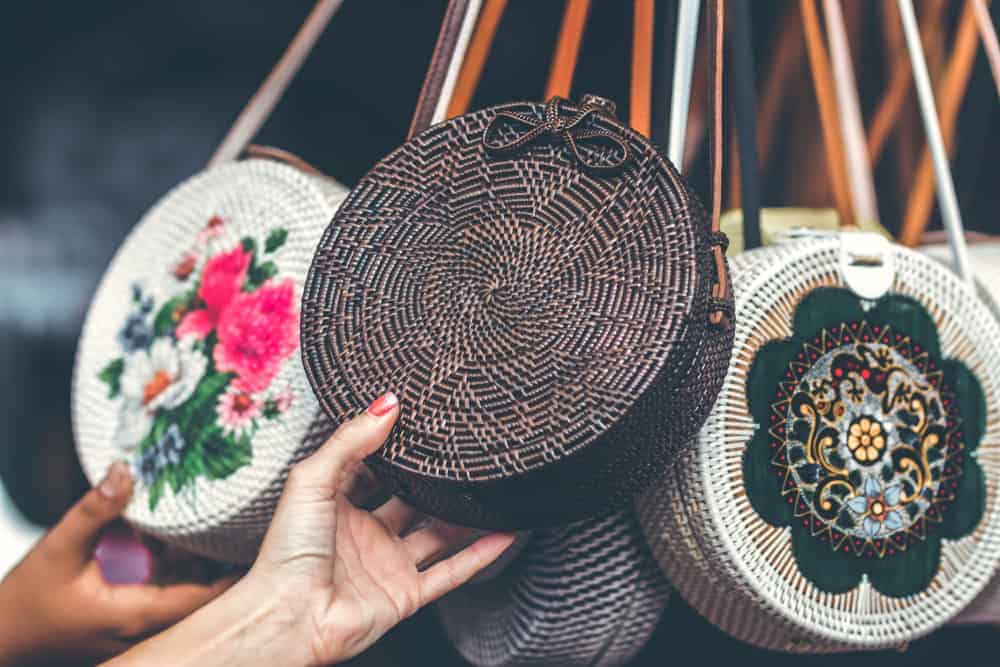
At the NTU Centre for Contemporary Art (NTU CCA)’s current exhibition, Trees of Life – Knowledge in Material, traditional South and Southeast Asian craft materials have been repurposed for art’s sake. Part of the Centre’s wider research cluster CLIMATES. HABITATS. ENVIRONMENTS., the exhibition showcases artists Manish Nai, Phi Phi Oanh, Sopheap Pich, Liang Shaoji and Vivian Xu‘s exploration of the artistic possibilities of various plant-derived materials. Their installations are starting points for the exploration of knowledge the materials embody “as biological forms as well as within social, geopolitical, and historical contexts”.
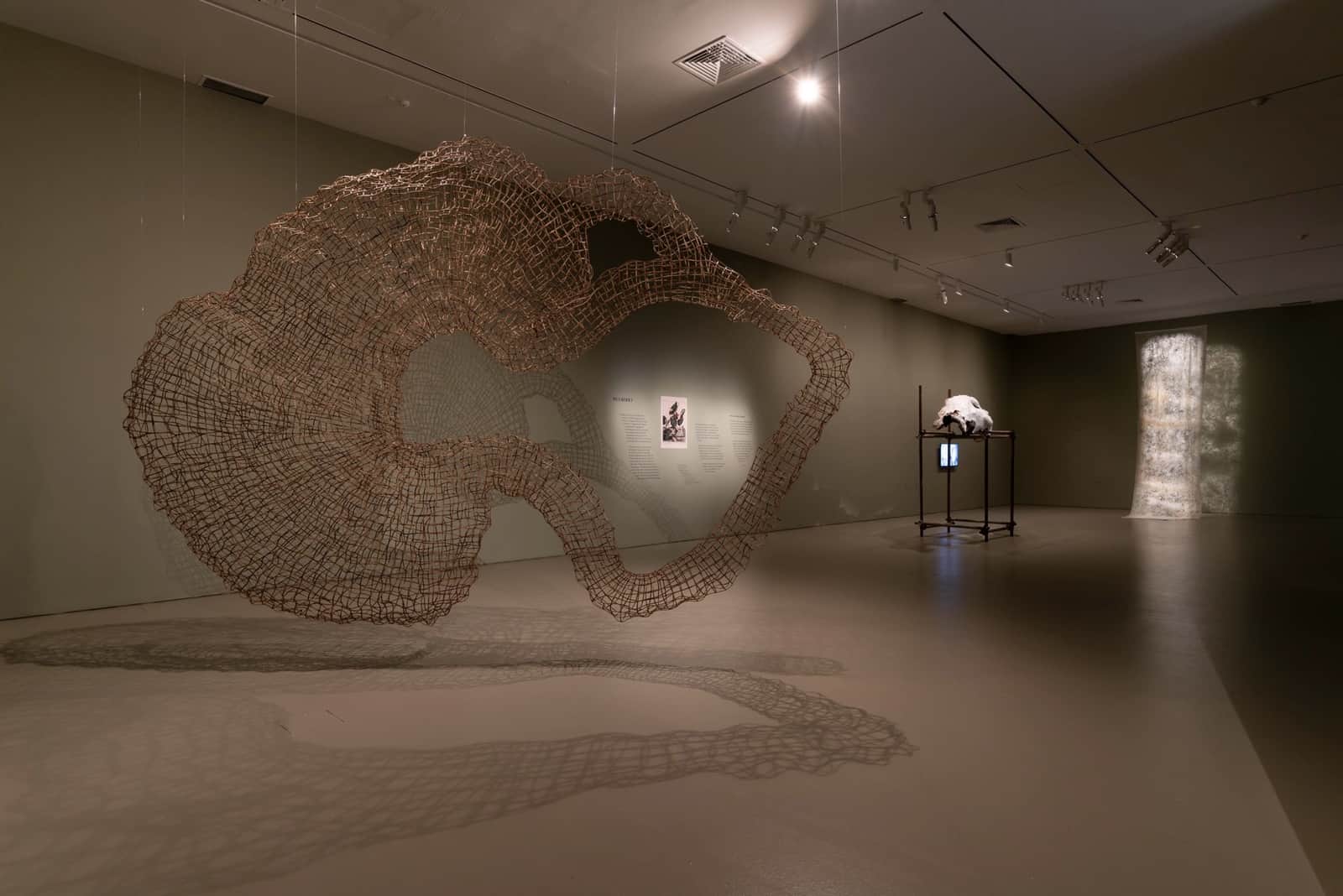
Trees of Life feels akin to an exhibition of natural history, with army green walls and blocks of text alongside old scientific illustrations. Opening with an artist familiar to NTU CCA, Sopheap Pich fled his native Cambodia for the United States in the 1970s, toward the tail end of the Khmer Rouge’s reign, before returning in 2002. Making no headway as a painter, his renaissance began in sculpture. Pich used inexpensive materials found in Cambodia, an element that persists in his sculptural practice today. For Trees of Life, the artist works in service of rattan. Strips of rattan seem tense and fluid all at once, as each strip bends to the artist’s will but refuses to bow in the spaces between joints. The sculpture thus appears a pulsing, pulsating organic mass. The titular Delta recalls the many rivers of Phnom Penh and their importance to the city. Pich has undeniably captured its essence in sculptural form.
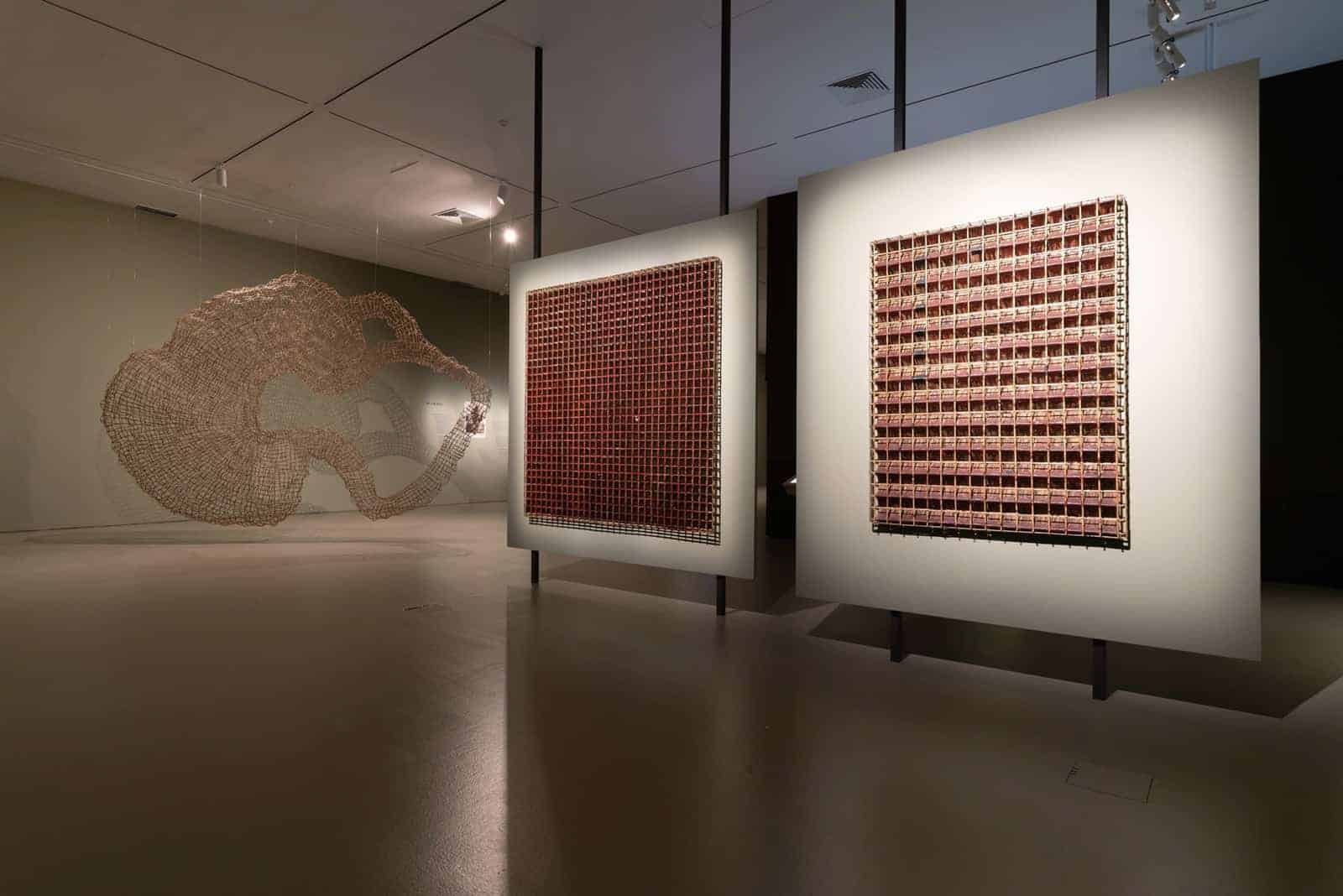
Pich’s Valley Drip (Maroon Top) and Red Grid are both part of the series Relief, begun in 2010. The title is a double entendre: the works are flat, but do not convey relief in its conventional sense, as rattan and bamboo are manipulated into tense, straight, controlled rods, forming strict grids that make me want to straighten up. In the spirit of locally-sourced materials, the burlap that is woven through the grids is the same as those used in farms or markets in Cambodia, and the colours were made from ground pebbles mixed with beeswax and tree resin. And although the works juxtaposed beside each other highlight the evolution of Pich’s practice, what it really does show is the adaptability of rattan.
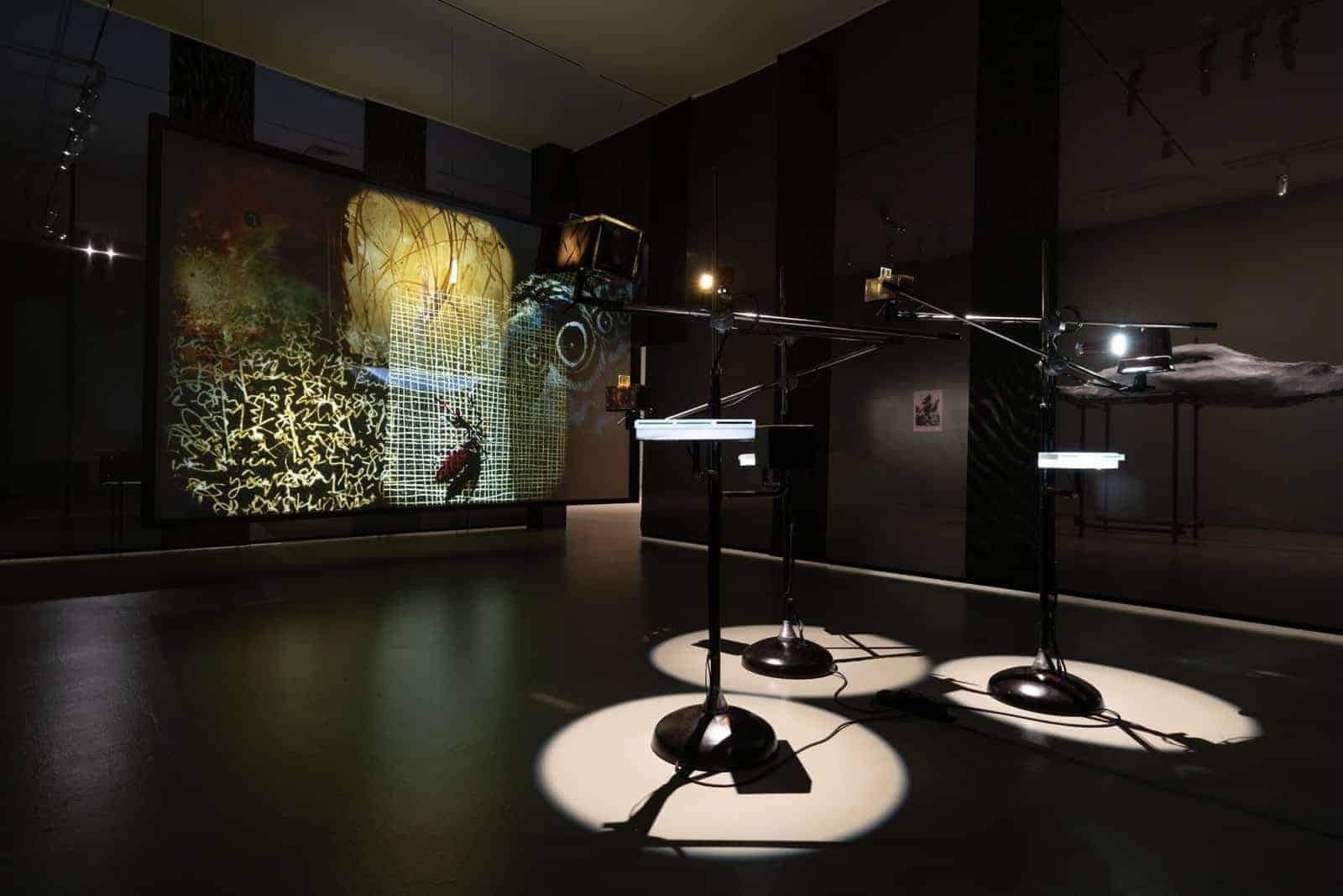
Moving away from the tangible, Vietnamese artist Phi Phi Oanh brings traditional Vietnamese lacquer into the contemporary age. A brightly lit box displays some of Oanh’s ‘slides’ from Palimpsest, made using Vietnamese lacquer derived from the sap of the Rhus succedanea tree indigenous to Northern Vietnam. In the 1930s, Vietnamese lacquer was introduced as a medium at the Ecole Superieure des Beaux-Arts de l’Indochine, an art school which was established by the French colonial government. There, Vietnamese artists experimented and came up with a new technique named son mai. Layers of lacquer paint are applied then rubbed back with sandpaper before being burnished to perfection. In a darkened room, the aforementioned son mai slides are backlit, projected onto a screen. As with scale, the medium is now somewhat ambiguous — as lacquer becomes light, the small slides become larger than life.
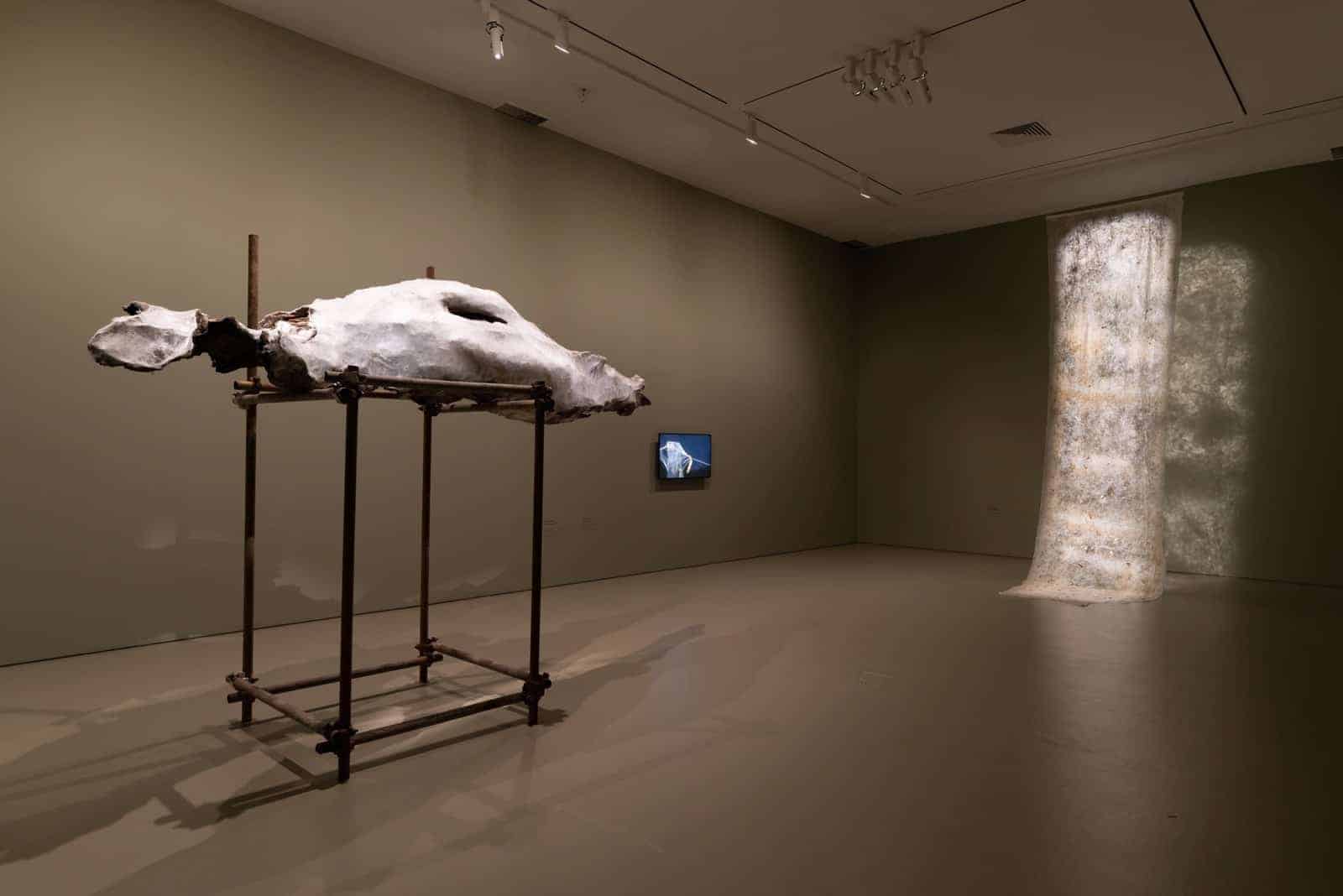
Given the focus of the exhibition is on plant-derived materials, you may expect most things to look … tree-like, as I unwittingly did, despite the fact that promotional photos of the exhibition seemed to feature a far less plant-like object.
The featured object turned out to be Liang Shaoji’s Lonely Cloud. The “cloud” is made of camphorwood, which is regarded as sacred and typically reserved for carving figures of the Buddha in Liang’s hometown of Tiantai, also the namesake and home of Tiantai Buddhism Here, it was made a home for silkworms who covered it in their silk thread. Do you need some coaxing out of the woods and into the silk? I justified the transformation of mulberry to silk as such: all the materials presented had to go through some sort of processing before they could be of use. The fact that this particular process transformed the mulberry species into something entirely different should not discount the plant’s significance to the end product. The curation does some convincing as well, as, between Liang’s installations, a TV screen tells the story from mulberry to silk, from botanic origins to material culture.
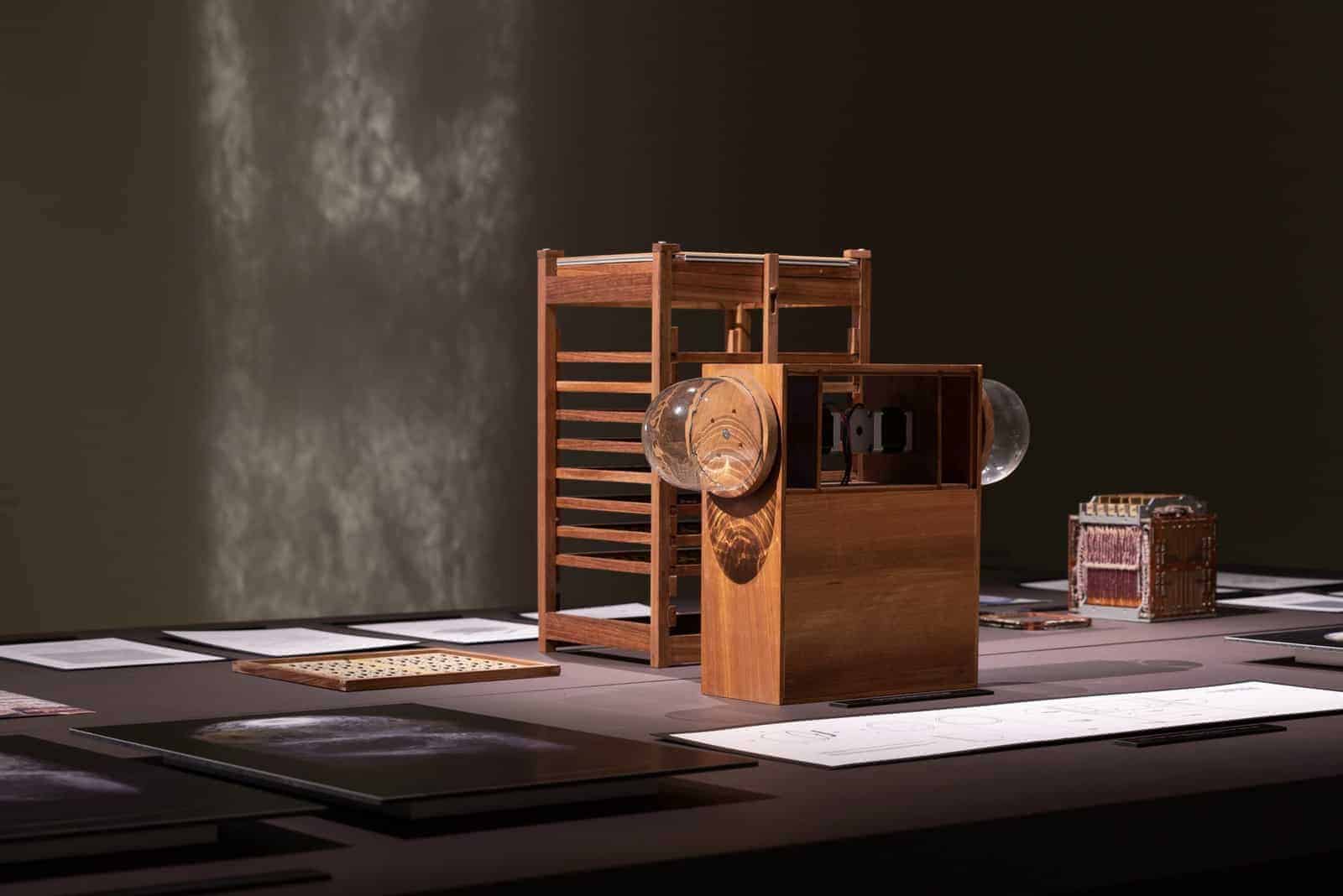
Silk production is at the heart of Vivian Xu’s work. Diagrams and photographs occupy a long, rectangular table, delineating the process of her research into “bio-machines that generate self-organised silk structures”, part of looking at “ways to transfer information from technological mediums to live organisms, and vice versa”. The silk produced by silkworms in this closed feedback loop may be categorised as bio art. While I am personally not a fan of any kind of worm (not even the dance move!) and would have no qualms getting rid of one, the wooden contraptions made the fact of these silkworms’ mortality more imminent than it perhaps was. It heightened the notion that their short lives were lived solely for the production of their silk Another way of seeing it was silk as a by-product of their lives. The realisations were poignant and surprising given the product-oriented nature of the experiment. Sadly, I am still not a fan of worms.
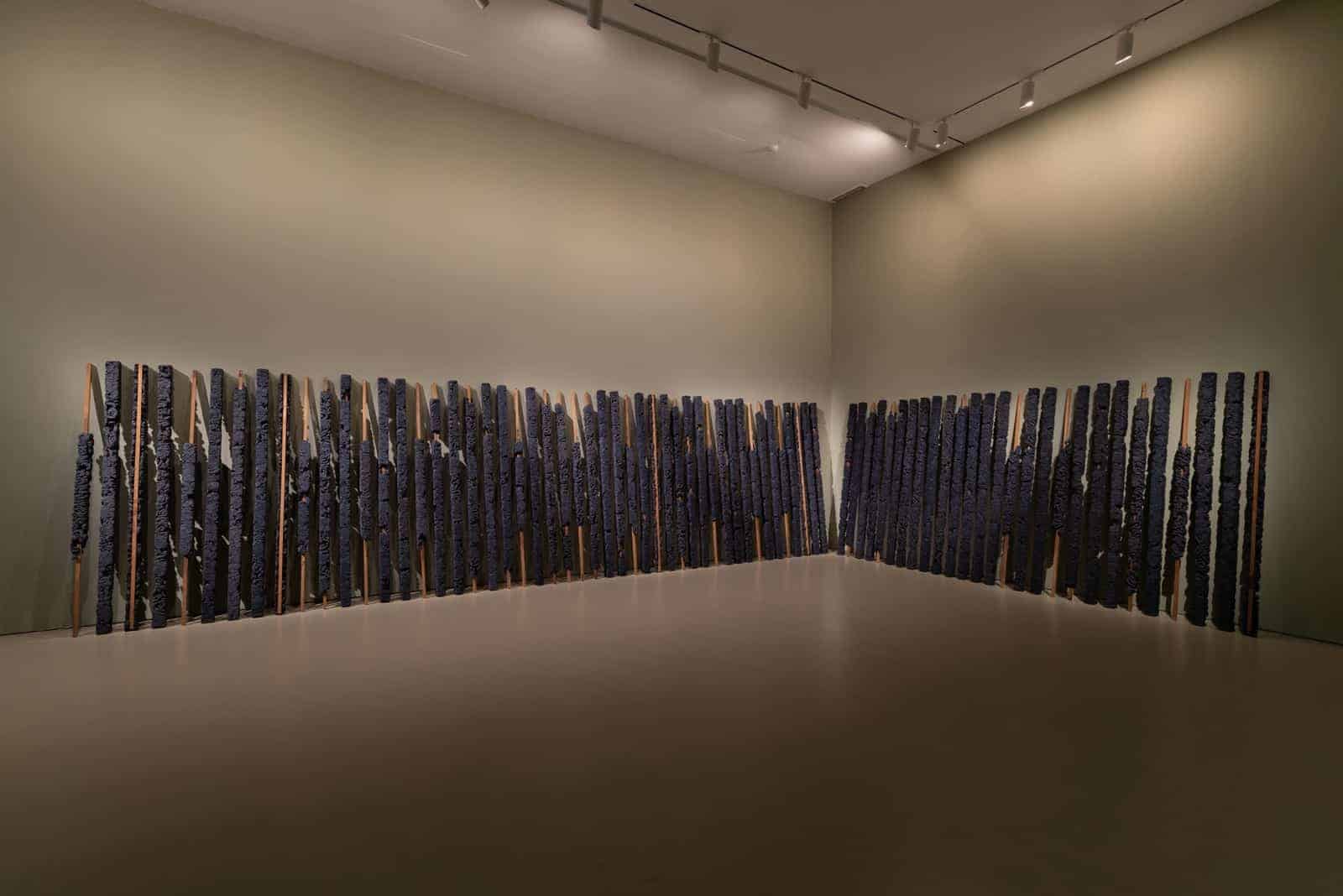
Indian artist Manish Nai’s work literally features 99 poles of indigo on the wall (or, more accurately, against the wall – but I kept hearing the ditty, “99 bottles of beer on the wall” in my head when typing this!) Indigo is used extensively in India and was commercially exploited during the colonial period. Nai’s interest in indigo was sparked during his days working in a clothes workshop run by relatives, where he was surrounded by indigo-dyed fabric. It was by happy coincidence that the artist realised jute fabric could be dyed and compressed. Having left a bundle of wet fabric in a box, he found, upon emptying it, that the fabric had been compressed tightly into a cube. Here, indigo-dyed jute is compressed into 99 poles, arranged neatly against the wall. It is an arrangement that circumvents the issue of displaying a dye, as I found the line-up allowed closer inspection of the gorgeous colour.
What indigo really reminded me of was denim. I could make my own jeans, right? In fact, the exhibition inspired thoughts of creating things myself, doing it at home — craft. I came away with the acute sense that I, too, wanted to get my hands dirty, experiment with materials I could find on my own. NTU CCA has pre-empted this burning desire with an extensive series of events, from seminars and talks to hands-on workshops that I will dutifully attend. In the meantime, though, there’s always Pinterest.






